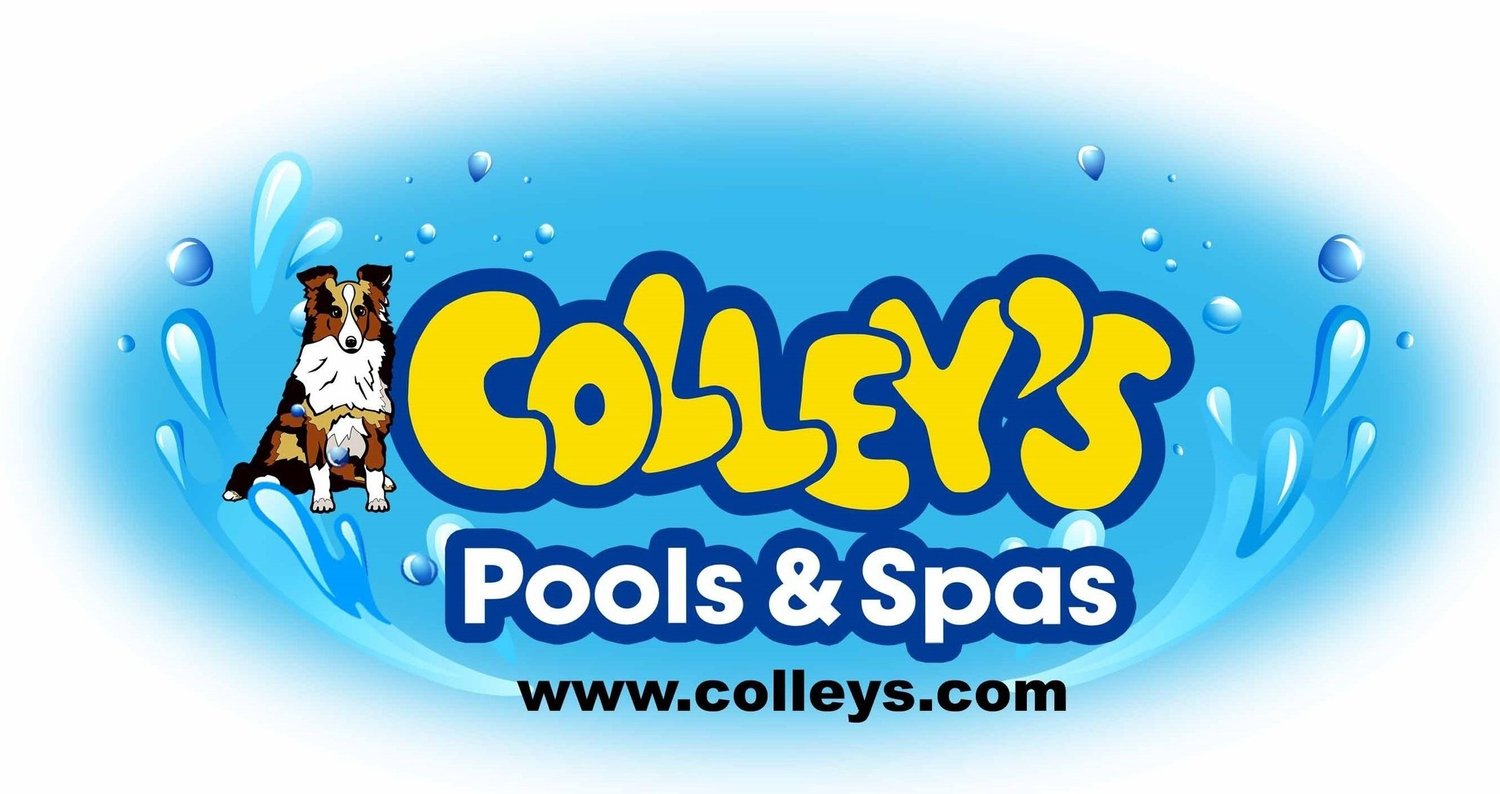Energy efficiency has become a major factor when making decisions on how you’d like your pool to operate. Here are some ways you can make your pool more energy efficient and in turn, ways you may be able to save some money!
Pick the right finish. Darker colored pool finishes absorb the sun’s rays, and that energy helps heat your pool. While not everyone wants a dark finish, if you’re on the fence and want to keep heating costs down, it’s something to consider.
Create a natural windbreak. For many people, pool landscaping is often an afterthought. However, planting a hedge, building a berm, or creating some other form of windbreak can help lower heat loss, which in turn lowers energy costs. It also helps decrease the evaporation of water that you’ve already heated, here again providing savings.
Install a variable-speed pool pump. A variable speed pump can deliver significant savings compared to single-speed pumps, according to the US Environmental Protection Agency (EPA). Using a variable-speed pump also helps cut greenhouse gas emissions.
Use advanced heating technology. There are a number of new technologies available for heating pool water more energy efficiently. Consult your local Colley’s expert to see what may work for you.
Install an automatic pool cover. Not only does an automatic pool cover help to make your pool safe, it helps prevent heat loss and evaporation.
Use larger pool filters. Larger filters have a bigger surface area through which water can flow, which can mean your pump doesn’t have to work as hard to move the same volume of water. Not only does this lower the pump’s energy consumption, it can extend the life of the pump which can save you money!
Install LED lighting. LED lights can save 80% or more over incandescent lights, and last three times as long.
Automate your pool operations. There is now technology that can automatically run your pool systems when energy costs are lower to help you optimize your energy use.

